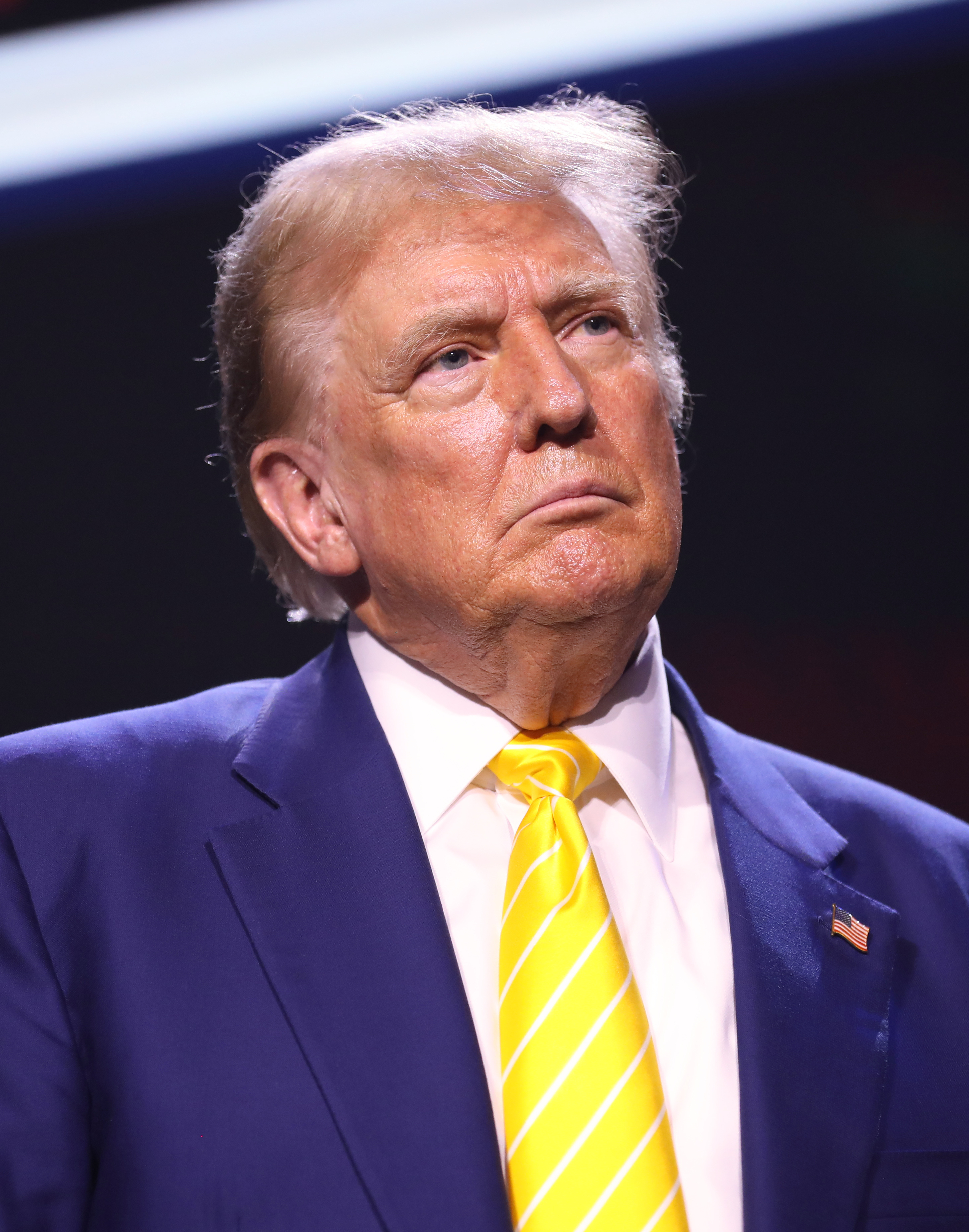As the election race heats up, traders explore lucrative opportunities to express their views on the election outcome. One method is through Polymarket, which offers betting markets on the presidential race.
An alternative is through trading shares of DJT stock, Trump Media & Technology Group, which is 57% owned by the former president: over 100 million shares have traded hands this month as increasingly volatile patterns have arisen among investors. Closing in on Election Day, DJT stock — which hit an all-time low on September 23 — surged twofold in October. Many investors view DJT stock as closely correlated with shifting election odds, raising questions about whether it's possible to find investment opportunities from this relationship. To answer these questions, we implemented a two-pronged analysis:
1.) Searching for causality between Polymarket odds and DJT price movement
2.) Backtesting a simple trading strategy using our findings
What we found was that Polymarket odds are a leading indicator of DJT price movements, and that (at least historically) there existed opportunities to find surplus trading returns from this relationship.
DJT as a lagging indicator
Our research indicated that DJT stock price has consistently reacted to changes in Polymarket betting odds.
Polymarket provides live forecasts of statewide and national election perceptions. We analyzed DJT’s stock movements against these odds, which are driven by trader views of Trump and Harris’ electoral changes. We did this analysis by using a Granger Causality Test, which identified DJT as a lagging indicator. This means that as traders on Polymarket adjusted their bets, DJT stock often followed suit over the following days. In conjecture, the stock operates as a mirror of sentiment, reflecting how traders interpret political news and its impact on Trump’s electoral odds.

Sharp rises and falls in DJT (right) across the past two months are linked to fluctuations in Trump’s electoral odds (left).
Debate-Driven Changes
One major driver of electoral shifts is the national debates. Resembling a similar trend to Polymarket odds, DJT also shifts with changes in activity during each presidential debate.
The June Trump-Biden debate led to a 40% surge in DJT's stock price.
Months later, similar correlates occurred following Trump and Harris’ September debate on CNN: DJT rose 6% in the three days preceding the debate, then dropped 13% sharply in the following 2 days, hitting a 3-month low.

This trend underscores DJT's sensitivity to public political events, making it a responsive—though not predictive—asset in analyzing electoral prospects.
Testing a trading strategy
To further investigate whether trading DJT based on electoral odds would yield a positive return, we developed a trading strategy based on positive and negative changes in day-to-day electoral odds.
We defined a very simple trading strategy with the following criteria:
1.) If Trump’s election odds on Polymarket rose the previous day, hold DJT today
2.) If Trump’s election odds on Polymarket fell the previous day, take a 100% short position for DJT today
Based on our backtested results, trading DJT using this strategy would have yielded a 10% return since July 1, 2024. Holding DJT for the same period would have resulted in a -20% return

This strategy generated a positive return on 51 out of 92 trading days in our backtest. Positive return rates were 54% in June, 62% in July, 57% in August, and 60% in September.

Summary
Polymarket election odds have historically been predictive of DJT stock price, but the reverse has not been true. The results from our simple backtested trading strategy suggest that there may have been opportunities for surplus returns from understanding the relationship between Polymarket odds and DJT stock price. While this relationship may not necessarily continue to hold in the future, we think it’s worth paying close attention to the prediction markets for the election if you want to fully understand DJT price movements. With only a few weeks until Election Day, we expect that both of these markets could become more volatile in the immediate pre- and post-election period, so it will be interesting to see how DJT stock reacts as the election results unfold.




